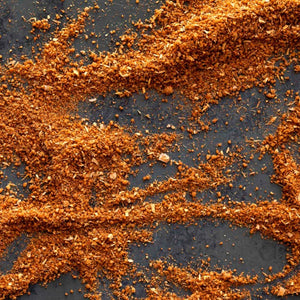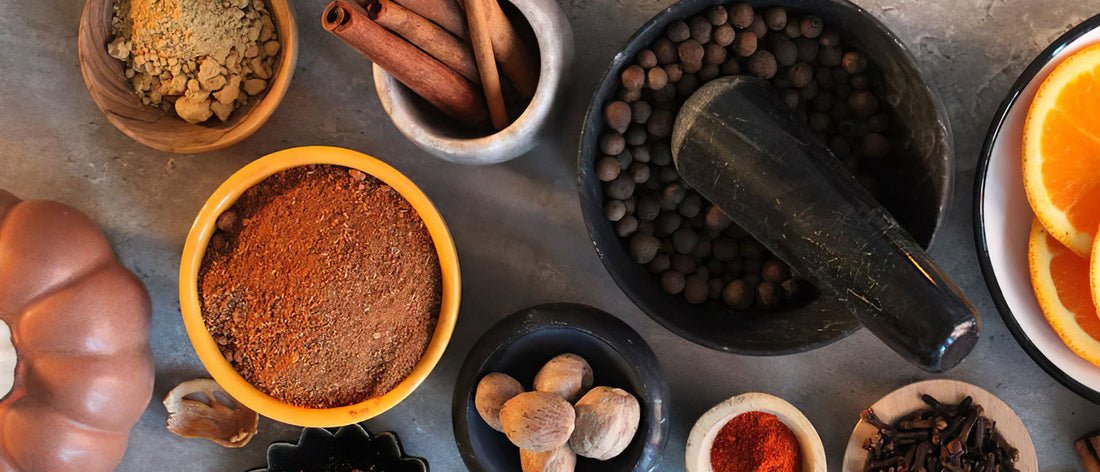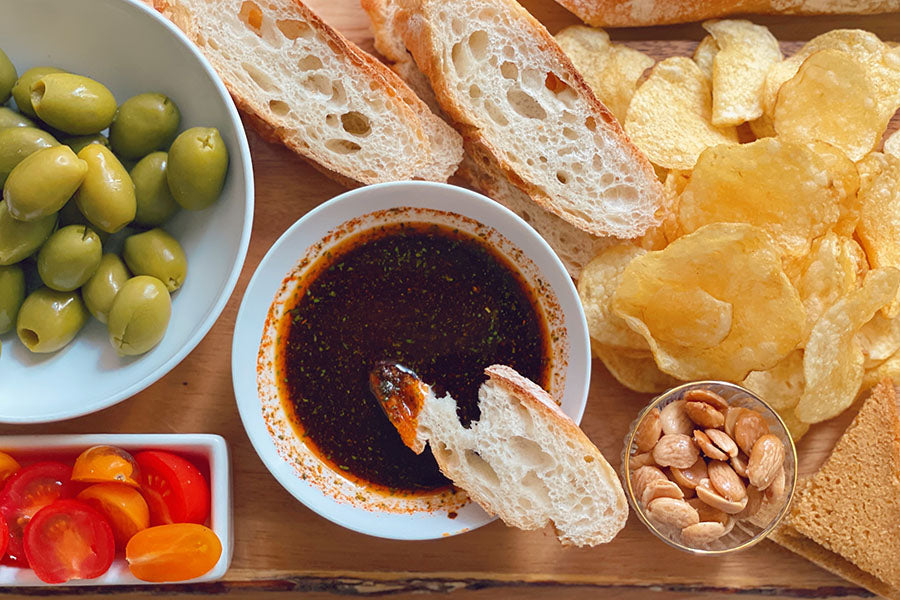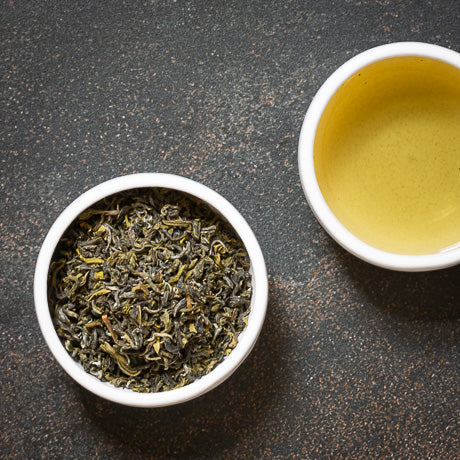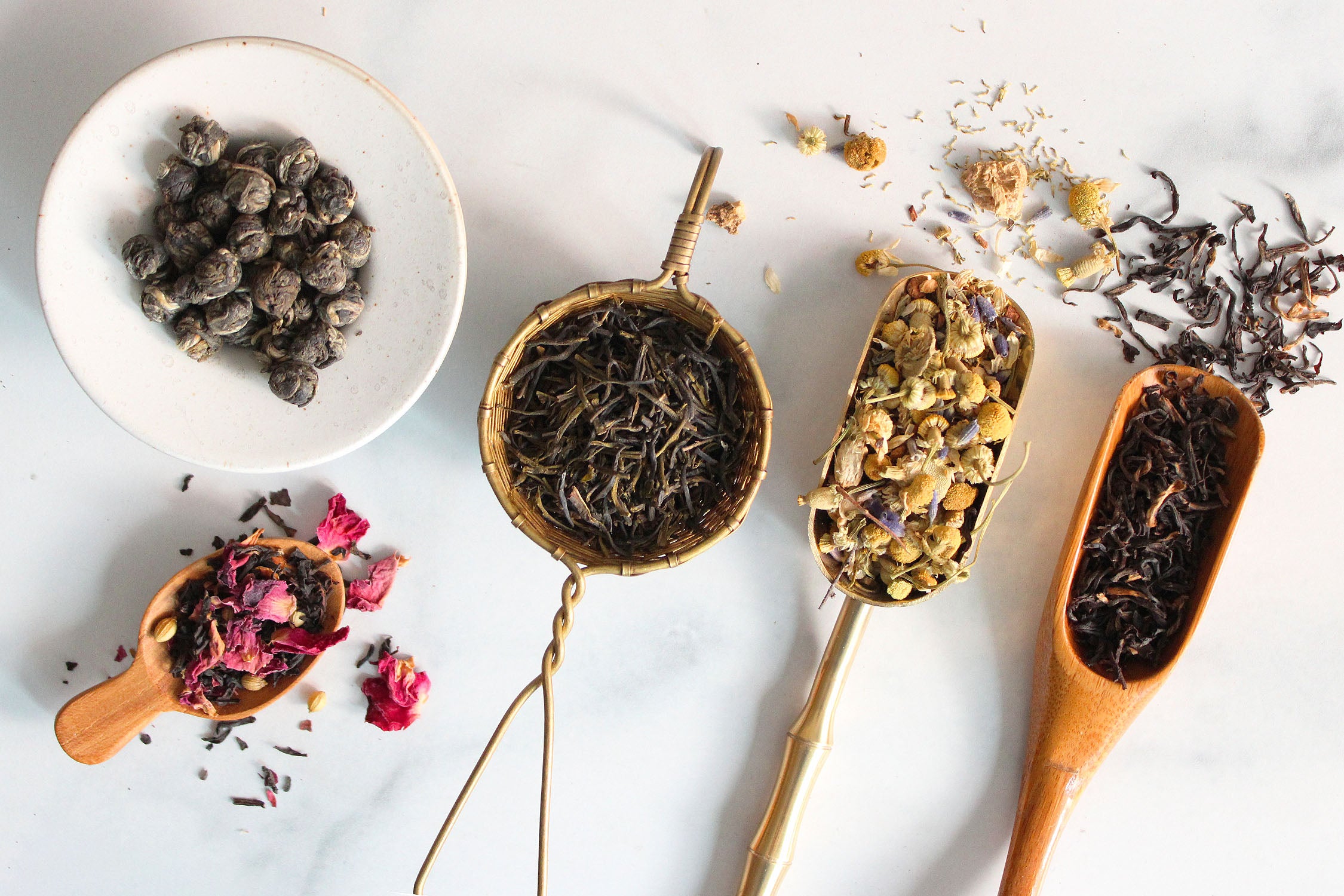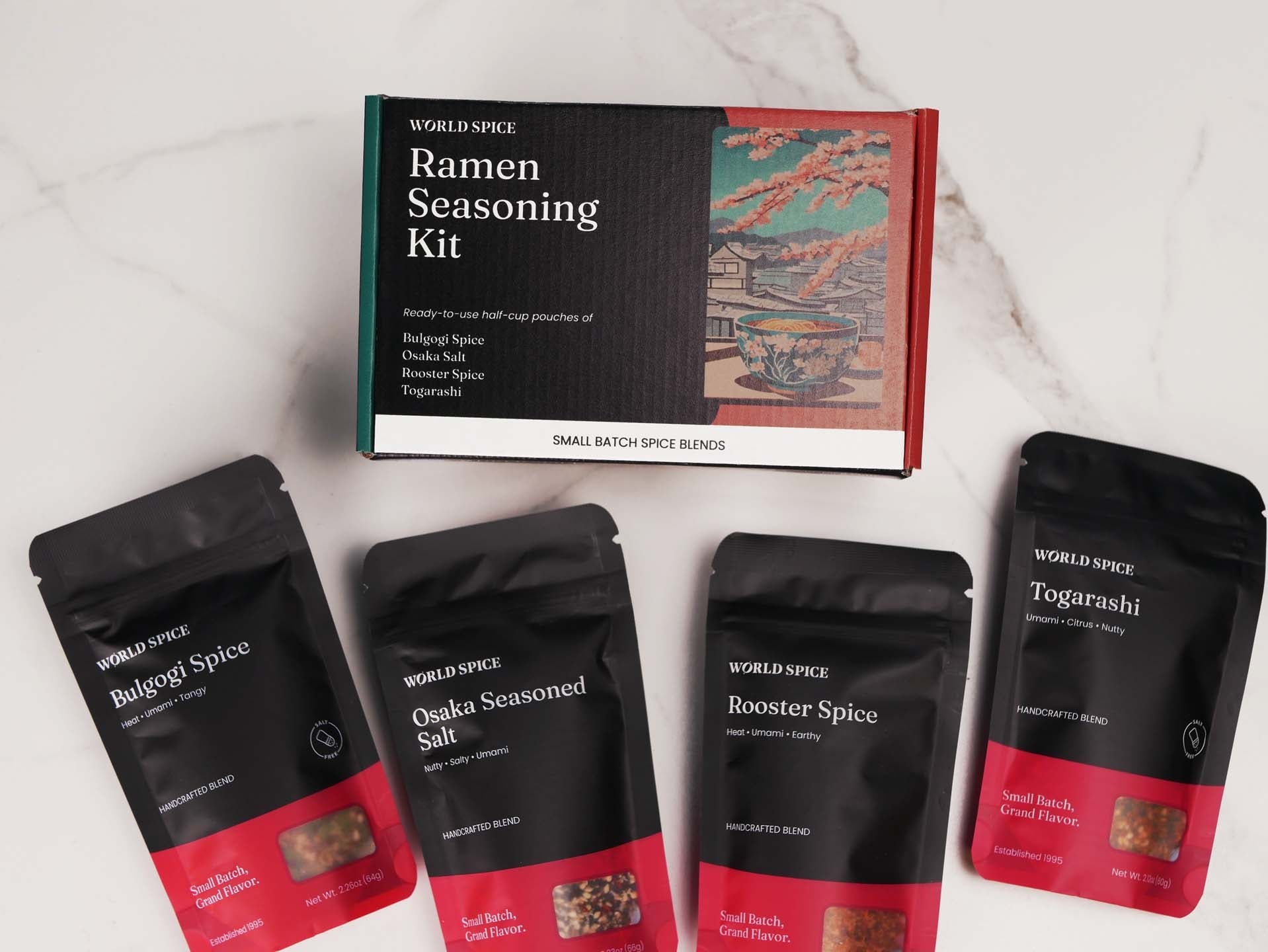For the Buñuelo Batter:
In a large bowl, lightly whisk together the eggs, milk and oil until just combined.
In a second bowl, combine the flour, salt, baking powder and sugar. Slowly pour your wet ingredients into the flour mixture. Whisk until the batter is smooth, about 30 seconds.
For the Cinnamon Sugar Dust:
In a medium-sized bowl combine the sugar and cinnamon toast spice and set aside.
For Frying:
Fill a deep 10 inch frying pan with the 6 cups of vegetable oil and turn the heat to medium high heat until the oil reaches 350°, then place the rosette iron in the oil for about one minute.
Take the rosette out of the oil and carefully dip it half way into the batter. (Don’t completely submerge the rosette into the batter, the batter will coat and cling onto the rosette and not release). The iron needs to be hot enough so when dipped into the batter, it lightly hisses.
Place the rosette back into the oil and gently shake until the buñuelo releases into the oil. A fork or tongs may come in handy to help release the buñuelo. (There WILL be some casualties as you begin frying, this is as inevitable as the first pancake of the batch being a little weird, don’t be disheartened).
Fry for 30 seconds to a minute then flip over with tongs and fry another 30 seconds to a minute until the buñuelo is crispy and evenly golden.
Gently transfer the fried buñuelos to a plate lined with paper towels to soak up any excess oil.
Repeat until you run out of batter or patience, whichever comes first.
Once the buñuelos have cooled slightly, use your hands to toss the buñuelos in the cinnamon sugar mixture until evenly coated.
Buñuelos are best eaten the day of frying, or stored in an airtight container at room temperature for up to 3 days.
Pair them with a cup of coffee, hot cocoa or on top of ice cream.



